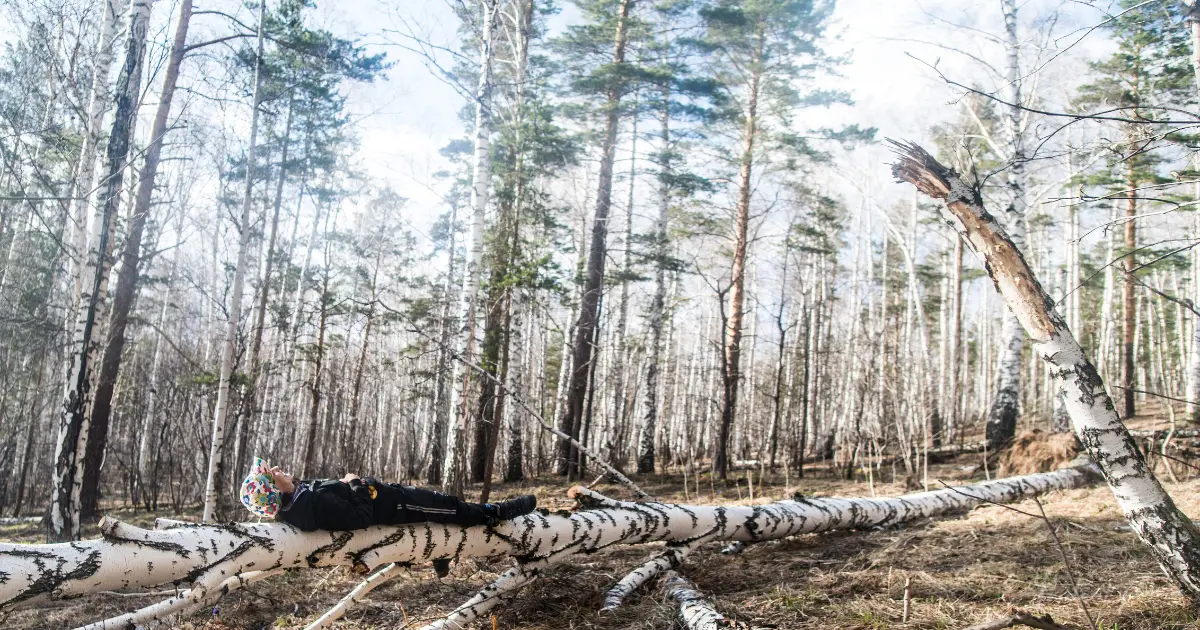Forests play a critical role in regulating Earth’s climate, acting as natural carbon sinks that absorb billions of tons of CO₂ every year. However, with the widespread destruction of forests, we are losing one of our planet’s best defenses against climate change.
Deforestation and CO₂ Emissions
Since the 1950s, global CO₂ levels have increased at an alarming rate. During this period, the world’s population grew from 2.5 billion to 7.5 billion, leading to mass urbanization, agricultural expansion, and large-scale deforestation. Today, nearly 60% of the world’s forests have been clear-cut to make space for human development.
Why This Is a Problem
Forests absorb CO₂: Trees naturally pull carbon dioxide from the air through photosynthesis, converting it into oxygen.
Deforestation releases stored CO₂: When trees are cut down or burned, their stored carbon is released back into the atmosphere, increasing CO₂ levels.
Fewer trees mean less carbon absorption: Without enough forests, CO₂ accumulates in the atmosphere, trapping heat and contributing to climate change.
A Path Toward Reversing the Trend
To slow rising CO₂ levels, we must prioritize responsible forest management. This means balancing development needs with reforestation efforts. Governments, industries, and communities must work together to restore lost forests and ensure that existing forests remain healthy and resilient.
Deforestation is not just an environmental issue—it is a climate crisis. By protecting and restoring our forests, we can take significant steps toward a more sustainable future.


